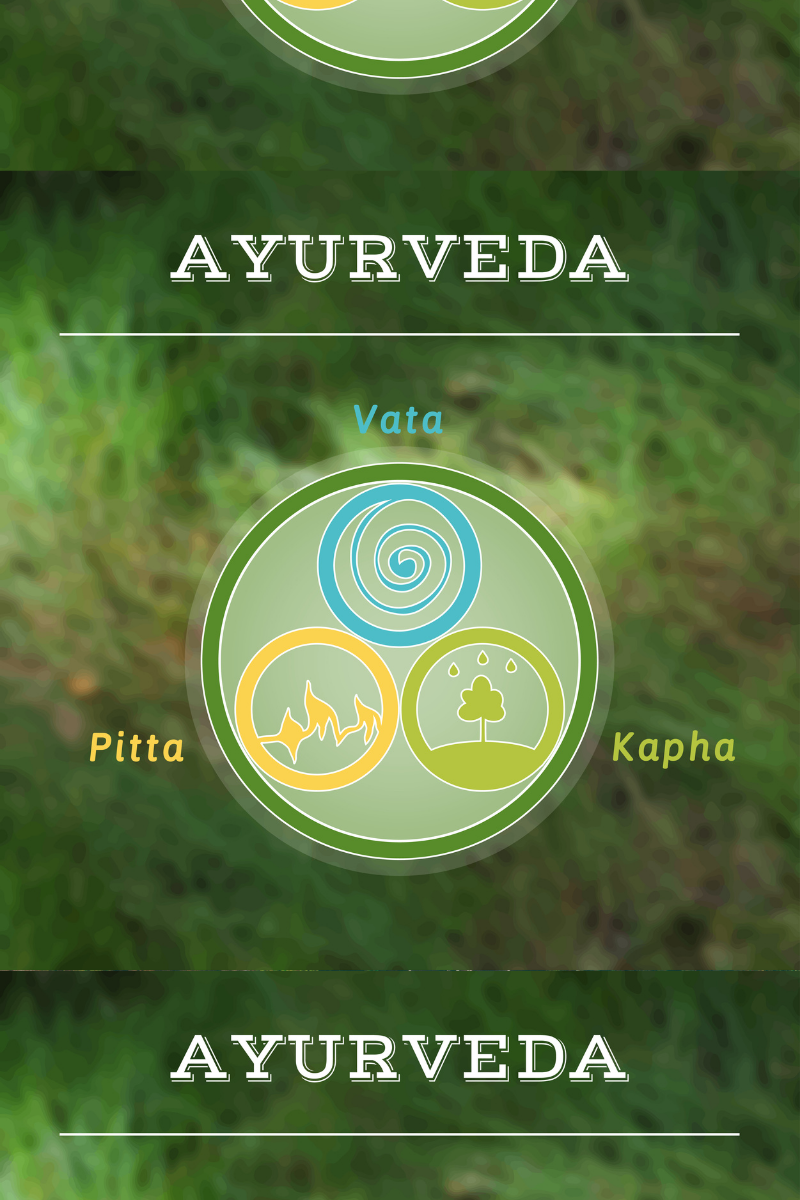Six Stages of Disease, Part 1
Ideally, good health comes about as a result of elevating our level of wellness so that illness does not have an opportunity to arise. Health depends on our ability to select, digest, metabolize, and assimilate energy and information from our environment then eliminate what does not nourish us.
There are many factors to consider when we desire good health. Ayurveda provides a working model illuminating our understanding of how to prevent disruption in our system (body-mind) and reduce the likelihood of developing 21st century related lifestyle diseases.
The Ayurvedic model of health is logical and provides various entry points to begin to establish health in your own body-mind. Of course, you must continue your current health and disease prevention strategies as outlined by your health care provider to avoid disrupting your health until such time as the provider states you are ready to make changes. This information is solely educational and designed to broaden your perspective on health and wellness. Please refer to Terms of Use and Disclaimer.
For Good Health
Before diving into how to create an environment for good health, it will be helpful to examine the root causes of disease. This way we will have a better understanding of how to prevent the disruption of healthy processes or manifestation of dis-ease.
According to Ayurveda, the six progressive stages leading to dis-ease are accumulation, aggravation, dissemination, localization, manifestation, and disruption of the doshas, a word meaning fault.
In this article, the doshas, proper digestion, and elimination will be discussed.
The first portion of the Sushruta Samhita, an ancient Ayurvedic text, states in order to have good health, the doshas must be in balance, the digestion strong, and wastes must be eliminated from the body.
What are the doshas?
The 3 Doshas
There are three doshas: Vata, Pitta, and Kapha. Each person has various proportions of the three doshas and the doshas themselves have particular places in the body where they are naturally located.
As the body and mind move out of balance due to internal and external influences, the doshas begin to migrate from their natural location (dissemination). We will examine the doshas in more detail in coming posts.
Agni or Digestive Fire
When the digestive fire or agni is robust and efficient, the body and mind can break down what we take in and utilize the beneficial parts to feed our tissues. This results in the manufacture of ojas, the vital energy that is required to build healthy tissues.
A person who has strong agni has glowing skin, sparkling eyes, and is rarely sick.
Whatever we are exposed to internally (our thoughts) or externally (food, environment) must be healthfully processed (digested/metabolized), extracting that which is nourishing and releasing (eliminating) that which does not serve our health.
Ama or Toxic Residue
When the agni is weak and inefficient, toxic waste or ama builds up in the system that blocks the free flow of life force in channels or srotas throughout the body. The undigested residue is derived from excess or undigestible experiences and emotions as well as our food intake.
A person with a build-up of ama from weak agni has a dull complexion, lack of luster in their eyes, sluggish elimination, lack of vital energy, and a depressed mood.
Manifestation of Ama
A manifestation of unprocessed food may appear as a stomach-ache, acid reflux, or even high cholesterol. Undigested emotions can lead to problems in our work life or in relationships with others. Materialistic Ama (aka clutter) may be apparent due to past indulgences of accumulating too many possessions that we don’t really need.
It is apparent through these examples, Ayurveda addresses much more than just a way of eating to attain good health. Like the sister science of Yoga, Ayurveda addresses the mind and the spirit as well as the physical functions of the body.
Next up: Properly balanced tissues.
Are you predominantly Vata, Pitta, or Kapha?
Take the Dosha Quiz to find out.
Ready to learn more? Enroll in the Wisdom of Ayurveda Course.

